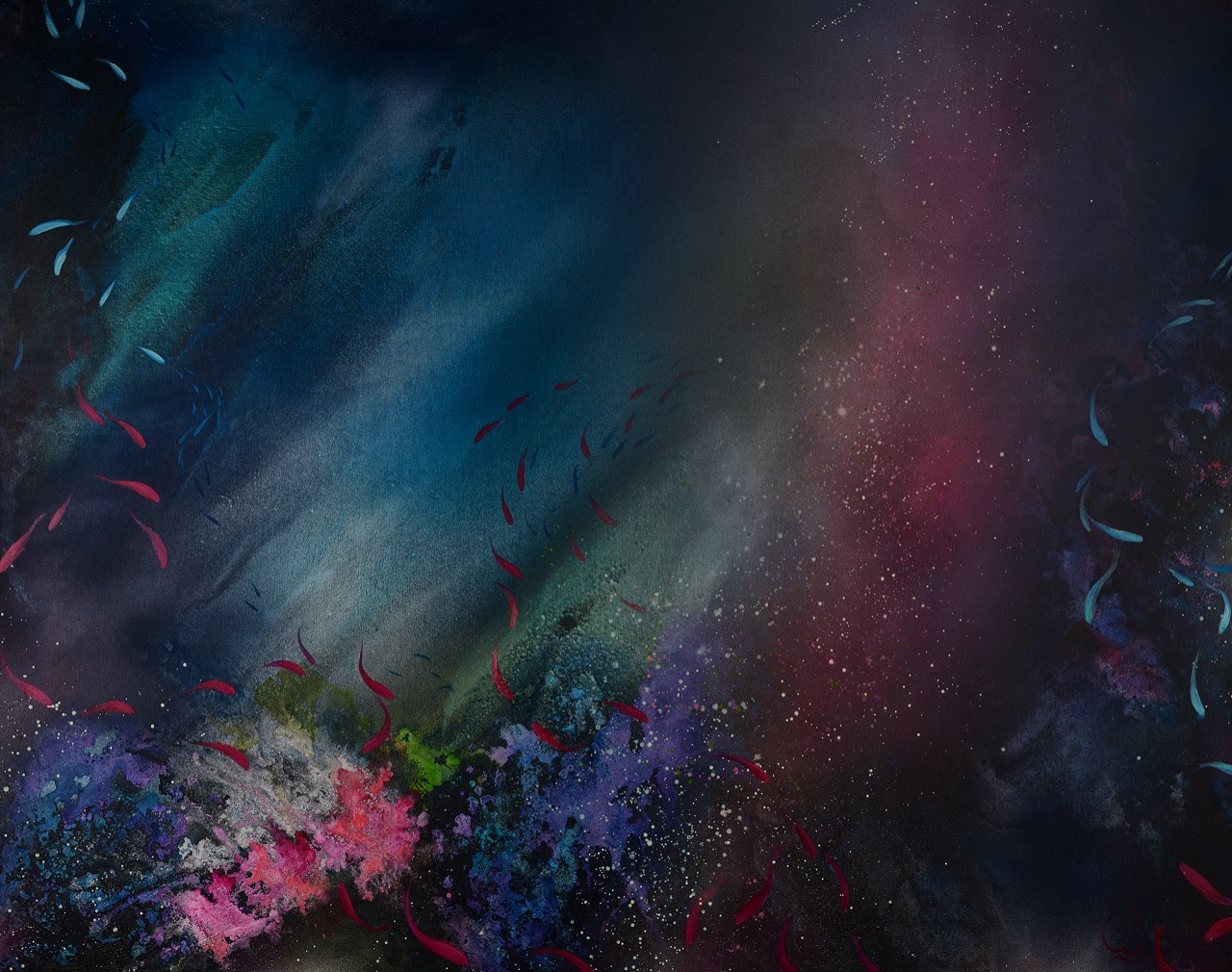A new form of biomimicry not by mimicking nature but by hiring nature professional builders.
Could we make the Connection?
What if homo-sapiens were able to hire ant builders to construct human habitats? Or Use birds as mentors to teach us how to build our own habitats?
One of the impossible scenarios in today’s architectural domain and interspecies collaboration but might be the future’s norm symbiosis. Ants are professional builders to one of the most sophisticated colonies that can resist existential risks. New approach to sustainability by exchanging experiences with other species that are professional even more than us in designingextreme conditions architecture with the most sustainable and self-sufficient way.
Could we someday in the near future witness a bird mentoring architectural students in an elective class in the schools of architecture? Can we establish communication between us and other species? and make interspecies collaboration a reality?
Another AI trial to find viable natural-based solutions that make use of bird nest structures in the built environment to incubate humans as if they were built by bird science.
Communicating with other species like ants and birds is a complex task using today’s technology because they don’t use human language to communicate. However, it is just a matter of time before we communicate with them and hire them for their professional services to mentor us on how to resist existential risks.
One way to learn from ants is to observe their behavior and analyze their patterns of movement. Ants use pheromones to communicate with each other, leaving scent trails to guide others to food sources or new nest sites. By observing these patterns and tracking the pheromones they leave, we can gain insight into how they construct their habitats and communicate with each other. The more interesting part here that we can use also pheromones to send them messages and establish a conversationdialogue between us as homo-sapiens and the ant species.
Another approach is to use technology to study the structures and behaviors of ants and birds. For example, researchers have used micro-CT scanning to create 3D models of ant nests, which can provide detailed information about their internal structures and construction methods. Similarly, bird researchers use radio telemetry, GPS tracking, and drone-mounted cameras to study bird habitats and migration patterns.
While we may not be able to communicate with ants and birds directly by today’s technology but I believe we will someday in near future, studying their behavior and using their technology can help us survive and resist all possible dystopian scenarios but borrowing their construction techniques of their habitats. By learning from these amazing creatures, we can gain new insights into how to build sustainable and efficient structures for our own use.
After inverting this narrative to AI prompts. Several text to image generators were used to reach the depictions of this scenario. Surprisingly the created images are a hybrid between natural ants, several bird species and termite’s colonies and human architecture. Several iterations were tested for a month and about 4000 trial image to reach to the displayed set of images below as the end of research. The true power of AI is to inspire us and help us reach new realms in sci-fi. The same Sci-Fi that Jules Vernes imagined just 200 years before all his visions came true. With the new era of AI, new boundaries were drawn to reach unprecedented level of creativity built on near future technologies.
Written by Samer El Sayary

About the Artist
See more artwork here www.samerelsayary.com
Samer El Sayary is an assistant professor of Architecture, researcher, and award-winning architect with a special passion for Outer space architecture.
His work is exhibited in several countries including NASA Johnson Space Center in Houston (USA) 2019, Medcop 21 France 2015, United Nations Office For Outer Space Affairs (UNOOSA) 2021 & Paris 2016, Greece 2015, Tunisia 2011, Egypt 2011 & 2013, Malaysia 2019 among other countries.















